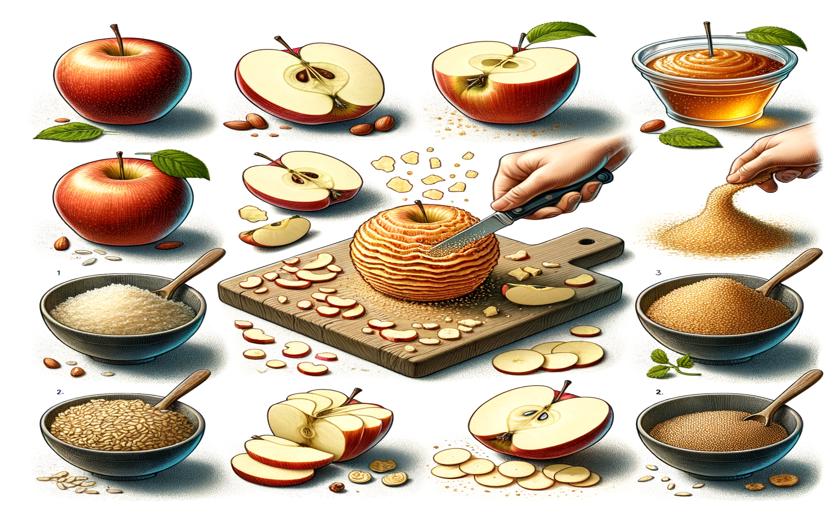
Creating Textured Apple-Based Ingredients with Sesame Waste
Jenn Hoskins
27th April, 2024

Image Source: Natural Science News, 2024
Key Findings
- In Iran, a study optimized turning apple and sesame by-products into nutritious food ingredients
- The best conditions for processing were 176 rpm screw speed, 18% moisture, and a 75:25 apple to sesame mix
- The resulting food ingredients can improve the nutrition of foods like porridge and cookies
References
Main Study
1) Fabrication of textured functional ingredient based on apple: Sesame by-product.
Published 30th April, 2024 (future Journal edition)
https://doi.org/10.1016/j.heliyon.2024.e28841
Related Studies
2) Production of high fiber ready-to-eat expanded snack from barley flour and carrot pomace using extrusion cooking technology.
3) Mechanical Properties of Biocomposites Using Polypropylene and Sesame Oil Cake.
4) Utilization of Food Processing By-products as Dietary, Functional, and Novel Fiber: A Review.



 21st January, 2024 | Jenn Hoskins
21st January, 2024 | Jenn Hoskins